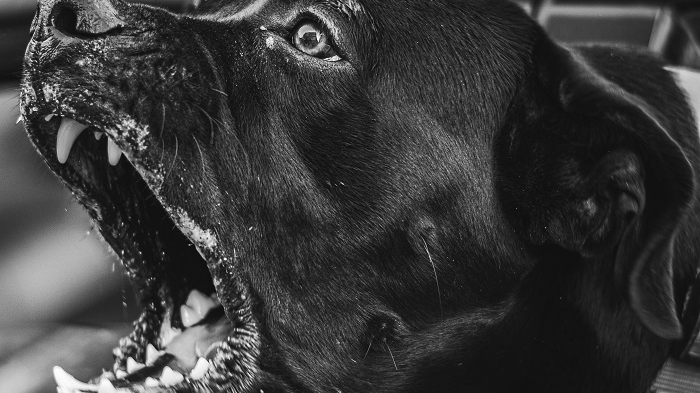
How To Craft A Cozy Cat Vest From Fabric Strips
Have you ever seen your feline friend lounging around and thought, “What could possibly make this picture more adorable?” The answer is simple: a cat

Labeling a dog as an aggressive dog can often be a hasty misjudgment. This article aims to dissect the layers of what is often seen as aggression, providing insight and understanding to better address these behaviors.
Often misunderstood, the signs of an aggressive dog such as barking and snapping may not truly reflect an aggressive nature but rather a misstep in bonding the love between pet and owner.
It’s crucial to note that hastily branding a dog as ‘aggressive’ can have dire consequences, including unwarranted shelter surrender.
Differentiating genuine aggression from simple protective reflexes or fear responses is key to understanding our canine friends.
Recognizing that aggression should not be the go-to reaction to a threatened dog is essential in responsible pet ownership.
Various behaviors that are often lumped under the ‘aggressive dog’ label can be classified into seven specific categories, each with its own set of causes and solutions.
This type of aggression is a dog’s strategy to increase distance from a scary stimulus, be it a living creature or an inanimate object. Slow socialization can help mitigate such reactions.
An aggressive dog may simply be overprotective of its home turf. Positive reinforcement when guests arrive can temper this type of territorial behavior.
The most complex and unpredictable, idiopathic aggression in dogs can be due to hidden health issues and requires veterinary insight.
Usually seen in hunting breeds, this natural behavior can sometimes be misdirected toward humans and needs careful management.
Common in multi-dog homes, this type of aggression arises from a desire for dominance and can be alleviated with careful reintroduction protocols.
This aggression is often seen in dogs that have had negative experiences with humans and can be prevented through proper handling and training.
When a dog becomes overly protective of its possessions, managing the environment by removing temptations can help ease tensions.
Tailoring socialization techniques to each dog’s needs is crucial in transforming aggressive behavior into acceptable social conduct. Structured training and professional advice are invaluable in addressing and redirecting an aggressive dog’s responses.
The importance of understanding canine aggression cannot be overstated. With the guidance of professionals, an aggressive dog can be guided towards becoming a well-adjusted pet.
In conclusion, while an aggressive dog with bad behavior presents challenges, with patience and the right approach, most aggression can be managed or resolved.
It’s important not to label a dog as aggressive without understanding the specific type of aggression and the context in which it occurs.
Always seek the assistance of behaviorists and veterinarians to ensure the best outcome for you and your pet. Remember, each aggressive dog has a story, and with proper care, the narrative can be changed for the better.


Have you ever seen your feline friend lounging around and thought, “What could possibly make this picture more adorable?” The answer is simple: a cat

The moment you consider a dog hunting vest for your adventurous companion, you’re stepping into a world where safety meets functionality. This vest is not

The concept of a dog cooling vest is a game-changer for pet owners looking to enhance their dog’s comfort during those relentless summer days. Imagine

When you first consider crafting a tactical dog vest, it’s not just about embarking on a fun DIY project; it’s about ensuring your furry companion’s

Have you ever seen your feline friend lounging around and thought, “What could possibly make this picture more adorable?” The answer is simple: a cat

The moment you consider a dog hunting vest for your adventurous companion, you’re stepping into a world where safety meets functionality. This vest is not

The concept of a dog cooling vest is a game-changer for pet owners looking to enhance their dog’s comfort during those relentless summer days. Imagine

When you first consider crafting a tactical dog vest, it’s not just about embarking on a fun DIY project; it’s about ensuring your furry companion’s
Secure and Empower, Walk Responsibly
Copyright © 2024pettacticalharness. All Rights Reserved.